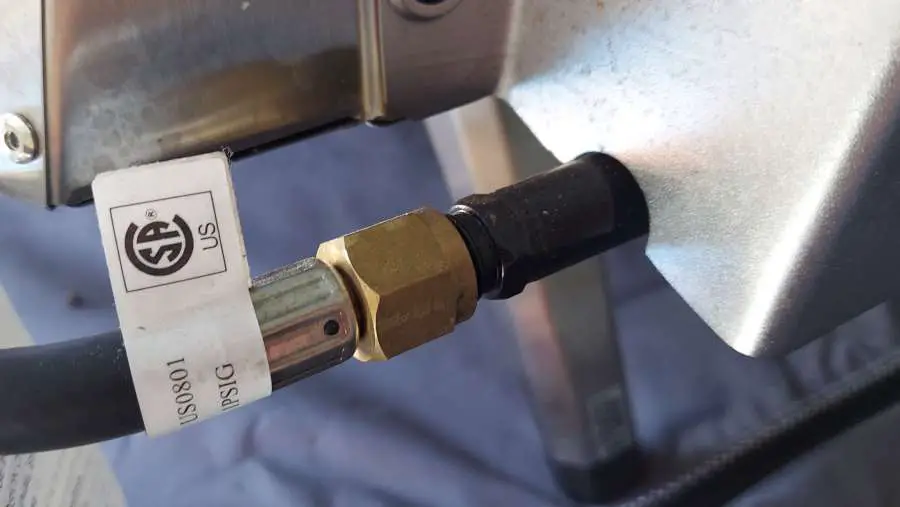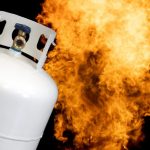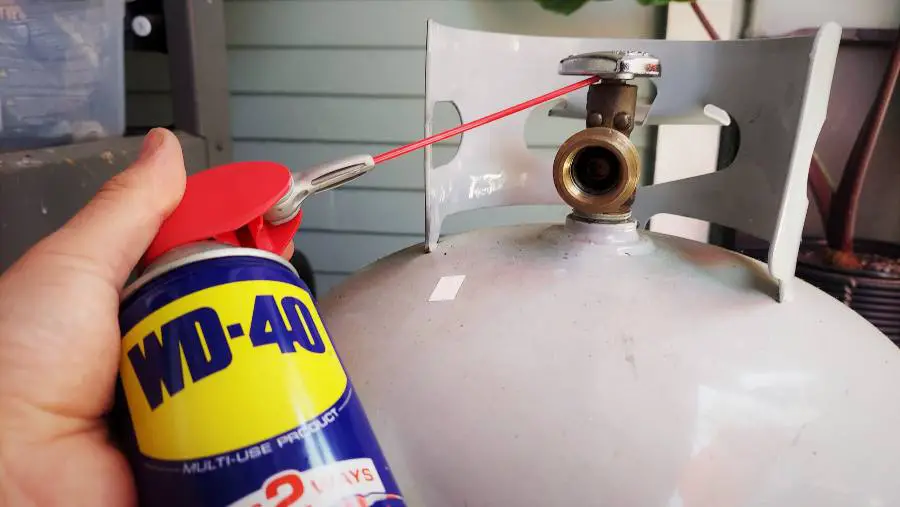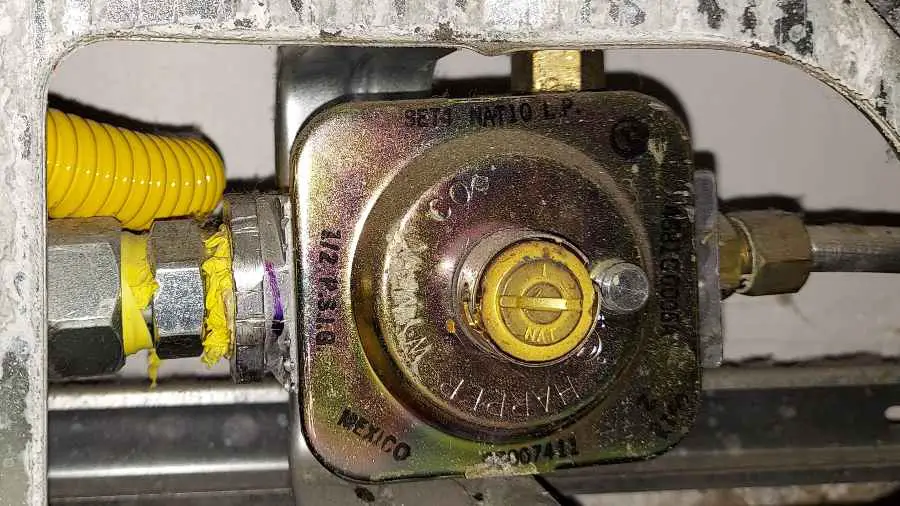Refilling propane tanks at home, especially the small 1lb cylinders commonly used for camping stoves and portable grills, can be a practical and cost-effective solution for avid campers and outdoor enthusiasts. This process not only saves money over purchasing new tanks but also reduces waste, aligning with a more sustainable approach to outdoor living. Can you refill 1lb propane tanks at home? Yes, you absolutely can! I’ll show you how to do it safely and effectively, using the right adapter and techniques to make your tanks fill fully and ensure you never run out of propane.
The purpose of this article is to guide you through the step-by-step process of safely refilling your 1lb propane tanks at home. You’ll learn about the necessary equipment, safety precautions, and the best practices to ensure efficient refills. Whether you’re preparing for a camping trip, gearing up for the grilling season, or simply looking to extend the life of your propane tanks, this guide will provide you with all the information you need to do it yourself.
Refilling 1lb Propane Tanks
These small tanks are often seen as disposable, but with the correct knowledge and tools, they can be safely refilled, which is both economically and environmentally beneficial. But, be warned, not all propane tanks should be refilled. Let’s get in to more detail about how to refill your propane tank, and identify if you are even able to.
Along with the cost-savings of refilling your own tanks, the environmental impact of routinely discarding and purchasing new propane tanks is considerable. Each refill of a 1lb propane tank can prevent the disposal of metal containers, reduce the energy and materials used in manufacturing new ones, and decrease the emission associated with the production and transport of these containers. By understanding how to refill these tanks safely and efficiently, you not only save money but also help reduce waste.
Things To Understand Before We Start
Understanding the key components and terms associated with propane and its usage is essential for anyone looking to refill propane tanks at home. Here, I’ll break down the most relevant terms and equipment, as well as differentiate between the types of tanks you might encounter.
Propane: A hydrocarbon gas (C3H8), propane is a popular fuel choice due to its low boiling point, making it vaporize as soon as it is released from its pressurized container. This makes propane an ideal energy source for heating and cooking since it’s compact and self-regulating.
1lb Propane Tanks: These small cylinders are widely used for portable outdoor equipment such as camping stoves, small grills, and torches. They are typically designed for single use, but some reusable options are available. They contain 1lb of propane, hence their name. The tare weight on the tank itself can range from 1lb to 3 lbs, meaning a full tank can weigh anywhere from 2lbs to 4lbs. Check out my article on how many gallons of propane are in a tank to get a better understanding of this.
Refill Adapter: This is a crucial tool required for transferring propane from a larger tank to a 1lb cylinder. The adapter connects to the valve of the larger tank and fits the smaller tank’s input valve, allowing for safe transfer of gas. Without the correct adapter, you will not be able to refill a propane tank.
Regulator: A regulator controls the pressure of propane exiting the tank to ensure a consistent flow at a safe pressure level for the appliance it is connected to.
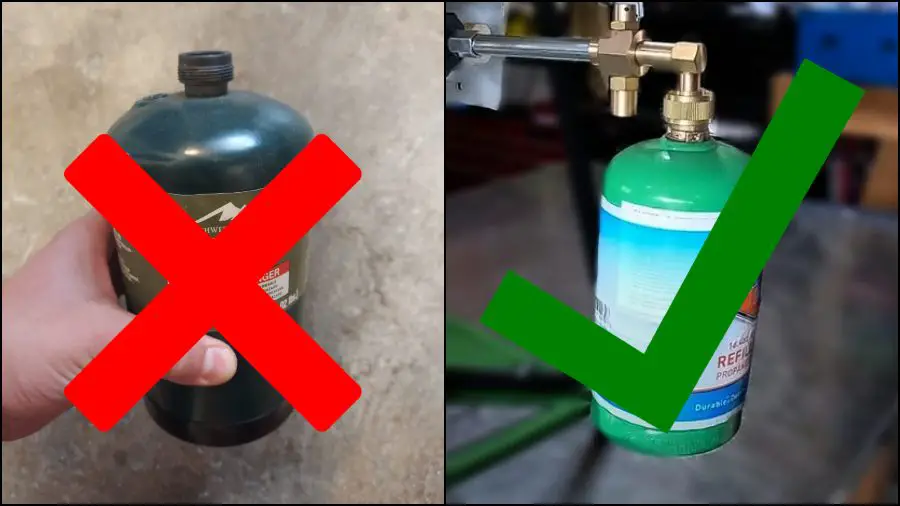
Disposable vs. Refillable Tanks:
- Disposable Tanks: These are typically used once and then discarded. The convenience comes at a cost, both financially and environmentally, due to the need for frequent replacements. The most common disposable propane tanks are the small green 1lb Coleman tanks you can find at most stores. These should not be refilled. If you have one of these and want to replace it with a reusable propane tank, take a look at my article on how to dispose of propane tanks to see what your options are.
- Refillable Tanks: Designed for multiple uses, refillable tanks can be topped up using a larger propane supply. They are more cost-effective over time and are environmentally friendlier since they generate less waste, however have a larger up-front cost. The main brands that sell refillable propane tanks are Flame king and Mr. Heater Fuel Keg, both of which you can get on Amazon.
Pros and Cons of Refilling Propane Tanks:
- Pros:
- Cost-Effective: Refilling a tank is generally cheaper than purchasing a new one every time.
- Environmental Impact: By refilling tanks, you reduce the amount of waste in landfills and the energy used in manufacturing new cylinders.
- Convenience: Having the ability to refill tanks as needed reduces the risk of running out of fuel during critical moments, especially while off-grid or in remote locations.
- Cons:
- Safety Risks: If not done correctly, refilling propane tanks can be dangerous. Proper knowledge and handling are essential to avoid accidents.
- Initial Setup Cost: Purchasing the necessary adapters, reusable propane tanks, and larger propane tanks for refilling can require an initial investment.
- Time-Consuming: The process of refilling tanks takes time and must be done carefully to ensure safety and efficiency.
Things To Consider When Refilling Propane Tanks
Refilling 1lb propane tanks at home requires not only an understanding of the process but also a grasp of the nuances that ensure safety and efficiency. Here are several key points and insights that are crucial for anyone looking to undertake this task:
Legal Considerations: It’s important to first check local regulations regarding the refilling of propane tanks, as some jurisdictions may have specific rules or prohibitions against refilling certain types of cylinders, particularly those designed as disposable. For the most case, any propane tank marked as disposable cannot be refilled and transported due to DOT regulations.
Propane Properties: Propane is stored as a liquid under pressure and expands to a gas when depressurized. This property is what allows it to be used effectively as a fuel but also adds to the risks during handling. Because the top of a propane tank contains propane vapor, you will be required to turn the tank upside down to allow the liquid to exit the tank instead of the gas.
Tank Condition: Before attempting to refill any propane tank, inspect it thoroughly for any signs of damage or corrosion. Tanks with visible rust, dents, or other damage should not be refilled as they can be weakened and potentially unsafe. Also ensure the donor tank is full, or it will not refill the smaller tank. When the donor tank is inverted, the opening that allows the liquid to exit the tank is not at the top, but closer to the middle of the tank, meaning if it is not full there is a chance no liquid will exit.
Temperature Considerations: The efficiency of refilling propane tanks can be affected by temperature. Propane expands in heat and contracts in cold. Refilling should ideally be done in cooler temperatures to maximize the transfer of propane without over pressurizing the tank. Some ways to alleviate this can be by placing the empty reusable propane tank into a freezer before filling up.
Safety Equipment: Always use personal protective equipment when refilling propane tanks. This includes gloves and safety glasses to protect against accidental splashes or leaks that can cause freeze burns or irritation.
Proper Storage: After refilling, ensure that propane tanks are stored in a well-ventilated, dry area away from direct sunlight and ignition sources. Propane should be stored outdoors, not in basements or garages, to minimize the risk of gas accumulation in the event of a leak. After refilling propane tanks, they should always be left outside for a day to equalize pressure. Propane tanks should always be stored vertically, and never on their side.
Steps To Refill A 1lb Propane Tank
Refilling a propane tank is straight-forward once you have all the supplies. Ensure when ever you are refilling a propane tank it is done outside in a well ventilated area, and away from any sources of ignition.
- Close Propane Valves: Ensure both the donor tank (larger tank) and the recipient tank (1lb cylinder) are off and disconnected from any devices. Note: only your larger tank should have a valve, the small cylinders typically do not have a valve.
- Freezer (Optional): Depending on what tank you are using and if you’re opening the bleeder valve, placing the 1lb propane tank into the freezer for a day can reduce the internal pressure increasing the amount of propane that can be filled. If you are going to be opening the bleeder valve, or do not need it to be completely full, you do not need to do this step.
- Refill Adapter: Connect the refill adapter to the larger tank and then attach the 1lb cylinder.
- Correct Positioning: Invert the larger tank so that liquid propane, rather than gas, is transferred.
- Open Valve: Open the valve slowly to start the refilling process and closely monitor it to avoid overfilling.
- Bleeder Valve: Depending on the brand, you may need to open the bleeder valve to increase storage capacity to full. If you are unable to do this, you can still fill the propane tank, however it will usually stop at around 60% full.
- Double Check Fill Level: Weigh the smaller tank before and after filling to ensure you do not exceed its capacity, which is typically about 80% of its volume to allow for gas expansion.
If you overfill the tank, or suspect you have overfilled the tank, ensure you weigh the tank and compare to its tare weight. The filled tank should only be 1lb heavier than the tare weight. If You have overfilled the tank, you’ll need to release some gas by opening the bleeder valve or relief valve. You can also let the propane tank rest outside in a well ventilated area away from any sources of ignition to self-relief if it is over pressurized.
For those who need a visual explanation, here is a video directly from Flame King on how to refill their refillable propane tank, using their Refillable Propane Tank Cylinder Kit. You can also just buy the adapter to save money if you don’t need the stand. Note, that if you decide to get the Mr. Heater Fuel Keg, it will require it’s own adapter.
By keeping these detailed points in mind, you can refill your propane tanks safely and efficiently, extending their lifespan and maximizing your investment in them. This not only saves money but also supports a more sustainable approach to using propane as a fuel source.
FAQ’s
1. Is it legal to refill 1lb propane tanks at home?
In many areas, it is legal to refill 1lb propane tanks at home as long as it is done safely and using the correct equipment. However, local laws and regulations may vary, so it’s important to check with your local fire department or governmental regulations before proceeding.
2. How many times can a 1lb propane tank be refilled?
Typically, a 1lb propane tank can be refilled multiple times. However, the exact number depends on the condition of the tank. Regularly inspect the tank for signs of wear, such as rust or damage, which would indicate it’s time to replace it.
3. How do I know when the propane tank is full?
To avoid overfilling, weigh the tank before and after filling. A full 1lb propane tank should weigh about 1 pound more than its empty weight. Additionally, many refill adapters have a built-in stop feature that will stop the flow of propane once the tank reaches capacity.
4. What should I do if I detect a leak in the tank after refilling?
If you suspect a leak (noticeable by the smell of rotten eggs due to the odorant in propane), immediately place the tank outdoors in a well-ventilated area away from any ignition sources. Do not try to use the tank. Check the connections and re-tighten if necessary, and test with soapy water to see if bubbles form, indicating a leak.
5. Can refilling propane tanks at home save money?
Yes, refilling 1lb propane tanks at home can be significantly cheaper than buying new ones each time. It also reduces waste, making it a cost-effective and environmentally friendly practice.
6. Are there any special storage requirements for refilled propane tanks?
Refilled propane tanks should be stored outdoors, upright, in a cool, dry place away from direct sunlight and ignition sources. Ensure the area is well-ventilated to prevent gas accumulation in case of a leak.
7. Can I use any size propane tank to refill a 1lb tank?
Yes, larger propane tanks commonly used for home heating or grilling can be used to refill a 1lb tank. You will need a proper refill adapter and should follow the safety protocols to ensure a secure transfer. Depending on the size, you may need to use a hose or install an access valve. Large, 500 gallon tanks should not be directly connected to.
In Closing
In conclusion, refilling 1lb propane tanks at home is not only a practical skill but also an essential one for those who frequently use propane-powered devices while camping, grilling, or living off-grid. This process allows for significant savings, reduces waste, and enhances your self-sufficiency by ensuring a reliable and sustainable fuel source.
Key Takeaways:
- Safety First: Always prioritize safety by using the correct equipment, such as a proper refill adapter and safety gear. Regularly inspect your propane tanks for any signs of wear or damage and never attempt to refill a tank that appears compromised.
- Legal and Safe Practices: Ensure that refilling propane tanks at home is permissible under local laws and follow all recommended safety protocols to avoid accidents.
- Cost-Effectiveness: Refilling your propane tanks can lead to considerable cost savings over time compared to purchasing new tanks, especially for frequent users.
- Environmental Impact: By choosing to refill, you contribute to reducing environmental waste and promoting a more sustainable use of resources.
Final Tips:
- Before starting, thoroughly understand the process and have all necessary equipment ready.
- Consider the ambient temperature and the condition of your tanks to maximize efficiency and safety during refills.
- Always store propane tanks properly—outdoors, upright, and in cool, well-ventilated areas away from direct sunlight and ignition sources.
By considering these factors and following the guidelines outlined in this article, you can safely and effectively refill your propane tanks, ensuring that you are well-prepared for any situation that requires a reliable supply of propane. Whether you’re maintaining a comfortable lifestyle off-grid or ensuring that your next outdoor adventure is fully fueled, mastering the art of propane refilling is a valuable and empowering skill.
I hope this article on how to refill propane tanks at home useful, and please feel free to reach out with any questions, concerns, or comments.
Thank you for reading and God Bless!

